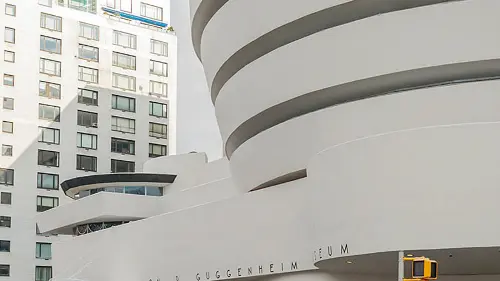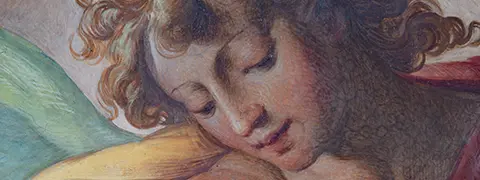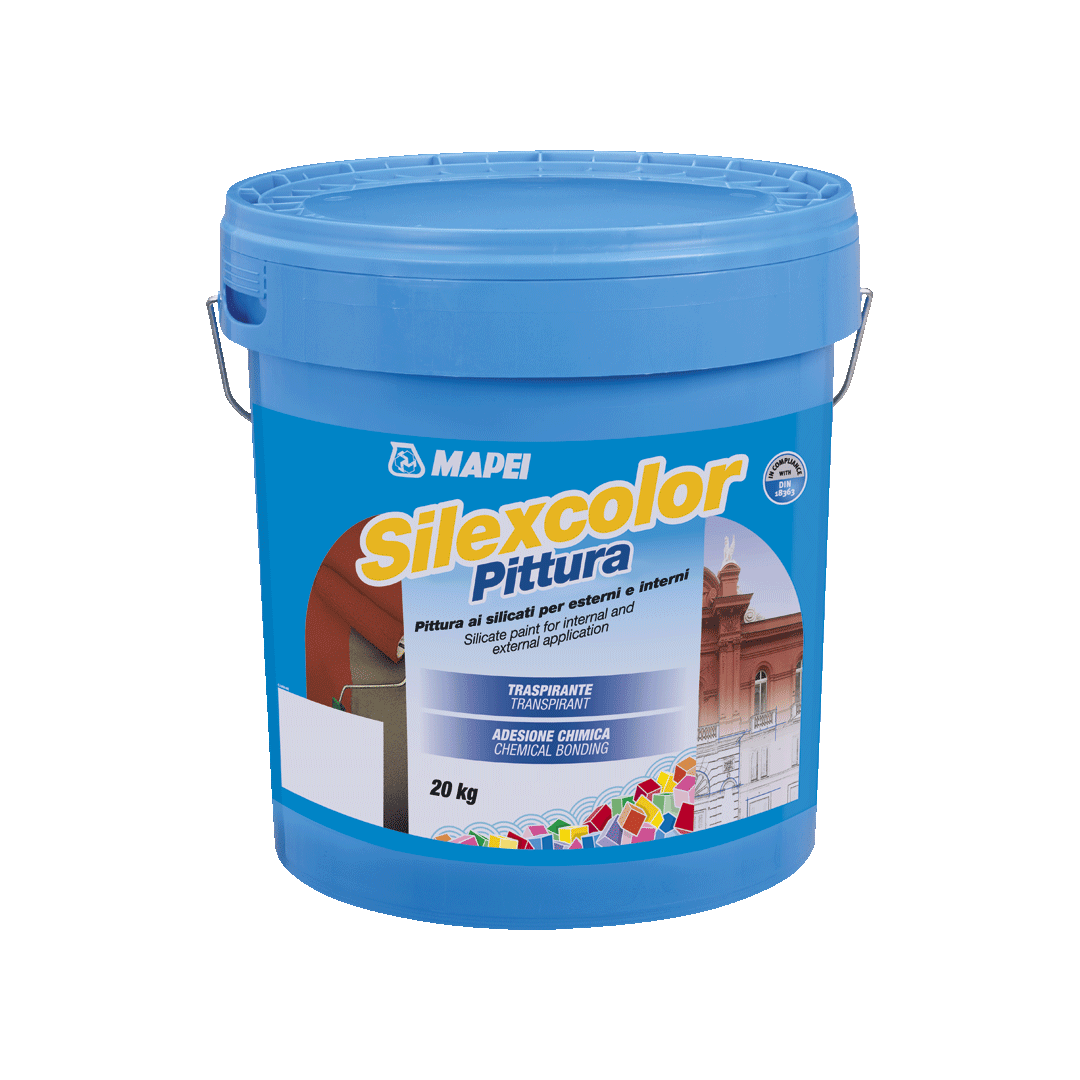At Villa Medicea di Castello, one of the historic residences of the Medici family in Tuscany and today home of the Crusca Academy, the façades were restored using lime-based products: Mape-Antique NHL Eco Intonaco and Mape-Antique NHL Eco Restaura. And thanks to the silicate-based coating cycle from the Silexcolor line it was also possible to obtain a semi-opaque effect that reproduced the original colours.
Home of the Italian language. But also “Casa Medici”, an art gallery, an example for villas and gardens and a UNESCO Heritage Site. A place of history and pleasure. Villa Medicea di Castello, located in the northwest part of Florence, is all this and more. Thanks to its colourful past, the historic characters that have been welcomed there, the works of art on display and the recognitions it has received, the Villa is unquestionably a place of great importance on the Italian cultural scene. If the oldest part was a defensive tower used as a lookout post to spot enemies, that “palazzo” was also known as the “Nursery” because of the large fishponds positioned in front of the façade. In 1477 it attracted the attention of the Medici, the Florentine family that governed Florence for three centuries, leaving an indelible mark on the city and its surroundings, country mansions included. It was Lorenzo the Magnificent who suggested to two of his cousins from the cadet branch of the family, Lorenzo and Giovanni di Pierfrancesco dei Medici, to buy the residence. Since then it has been extended several times and beautified with works of art of the highest order: it was here, for example, that Spring and the Birth of Venus by Sandro Botticelli were first displayed and which today are conserved in the Uffizi Galleries in Florence.
In the 16th century, with Cosimo dei Medici Grand Duke of Tuscany from 1569, the Villa reached the peak of its splendour, a symbol of the power of Cosimo and the prominence of the Medici family. The cornerstone of this glorification was the garden where the Great Duke installed an imposing hydraulic system and extended it to take on the forms which, today, make it the finest example of all time of an Italian garden.
Today, the Villa is the property of the Italian state and home of the Crusca Academy, an ancient institution dedicated to the study and promotion of the Italian language. Amongst the rooms open to the public there is the so-called Shovel Room featuring representations of the coats of arms of each member of the Academy painted on canvases in the shape of a shovel, the tool used to load bread into ovens, in keeping with the symbolism of its origins.

The Villa hosts the "Shovel Room" featuring representations of the coats of arms of each member of the Academy painted on canvases in the shape of a shovel, in keeping with the symbolism of its origins.
Along with 11 other Medici family villas and 2 ornamental gardens in Tuscany, this Villa was declared a UNESCO World Heritage Site in 2013: recognition of the desire to preserve the historic, artistic and cultural legacy of the Medici family residences.
Restoration work completed to perfection
Such a special building from an architectural, historic and artistic perspective needs regular restoration work to ward off signs of deterioration, but without affecting or changing its original look and characteristics. Recently, various portions of the render on the façades of the main body of the Villa and internal courtyards were showing signs of deterioration, with restoration work becoming a necessity.

Various portions of the render on the façades of the main body of the Villa and internal courtyards were lately restored with products from the Mape-Antique NHL Eco range.
The first step was to take samples of the existing render to define where it had to be removed due to it being either detached, damaged or poorly bonded to the substrate. New render was then created using materials compatible from a chemical-physical and elastic-mechanical perspective with the original substrates: and to achieve this goal it was decided to use products from the Mape-Antique NHL Eco cement-free range made from natural hydraulic lime, developed specifically for consolidating, renovating and restoring masonry of historic and architectural interest.
The first step was to apply Mape-Antique NHL Eco Intonaco, a breathable base render ideal for application on existing masonry, including of historic interest under the protection of the Archaeology, Fine Arts and Landscape Authority. This product enables old lime-based render damaged by atmospheric agents, inclement weather and the passage of time to be rebuilt, as in the case of Villa Medicea di Castello.
Once this product was cured, both the old render and the render just applied was then skimmed with Mape-Antique NHL ECO Restaura. Mape-Antique NHL ECO Restaura is a multi-purpose, breathable skimming compound, which is also made from natural hydraulic lime and has zero cement content, and is used for restoring and levelling off substrates, render and coatings.
Similarly to the previous product, Mape-Antique NHL Eco Restaura was also chosen for its excellent chemical-physical and elastic-mechanical compatibility with the original substrates. Both products are part of the Zero* line: CO2 emissions of these products, measured throughout their life cycle in 2025 using LCA methodology, are offset through the acquisition of certified carbon credits in support of forestry protection projects.

Both the old render and the render just applied were skimmed with Mape-Antique NHL ECO Restaura, a multi-purpose, breathable skimming compound.
Products that guaranteed the entire cycle would be both protected and long-lasting were chosen for the final coating of the surfaces. The materials chosen for this phase are made from potassium silicate and do not affect the breathability of the substrate and, at the same time, allow a final finish with considerable aesthetic impact to be obtained.
In the case of Villa Medicea di Castello, mineral products rather than film-forming paints were chosen to comply with the requirements of the local Archaeology, Fine Arts and Landscape Authority.
The first step was to apply potassium silicate-based Silexcolor Primer to even out the absorbency of the substrate and to improve adhesion of the successive finishing product. Then, with a coat of potassium silicate-based Silexcolor Paint, it was possible to obtain a semi-opaque effect that reproduced the colours of the original render while, at the same time, guaranteeing excellent protection against inclement weather.

Potassium silicate-based Silexcolor Paint made it possible to obtain a semi-opaque effect that reproduced the colours of the original render.
Apart from supplying cutting-edge products compatible with the original materials, Mapei had professionals such as Giacomo Maestrelli (Renovation and Restoration line) and Carlo Profili (Wall Coating line) scrupulously following every stage of the work, as well as the collaboration of the Soluzioni Edili agency. The Mapei experts supplied constant technical support for the entire duration of the work, without ever taking over the tasks and responsibilities of the designers, the Works Director, the Local heritage Authority or the main contractor.
The façades of Villa Medicea di Castello are now ready to welcome new visitors to a Unesco site so rich with history and so important for the Italian language and culture.

The render on the façades of the internal courtyards were also restored by using products from the Mape-Antique NHL Eco Range.
Villa Medicea di Castello, Florence (Italy)
Construction period: 15th–16th century
Owner: Crusca Academy
Period of restoration work: 2023-2024
Main contractor: Ronga Salvatore Srl
Works director: Paolo Fiori
Mapei distributor: Edil Viola srl
Mapei coordinators: Giacomo Maestrelli, Carlo Profili, Solutions Edili, Mapei SpA
Photos: Dario Garofalo
*CO2 emissions measured throughout the life cycle of products from the Zero line in 2025 using Life Cycle Assessment (LCA) methodology, verified and certified with EPDs, have been offset through the acquisition of certified carbon credits in support of forestry protection projects. A commitment to the planet, to people and to biodiversity. For more details on how emissions are calculated and on climate mitigation projects financed through certified carbon credits, click here.






















